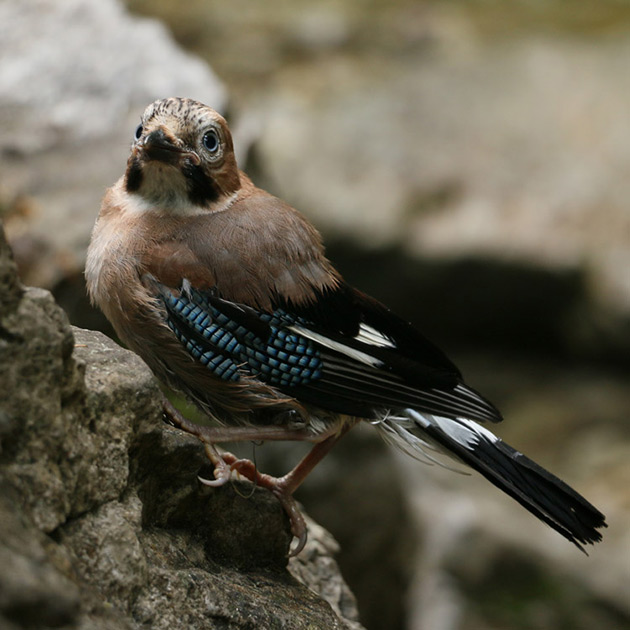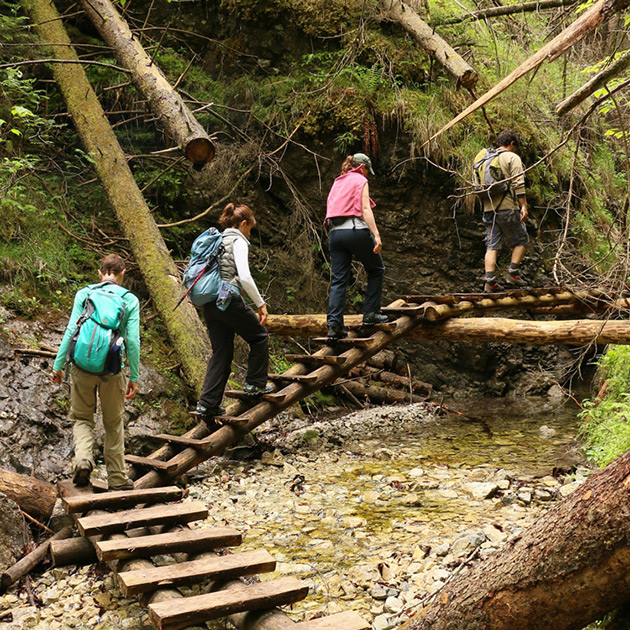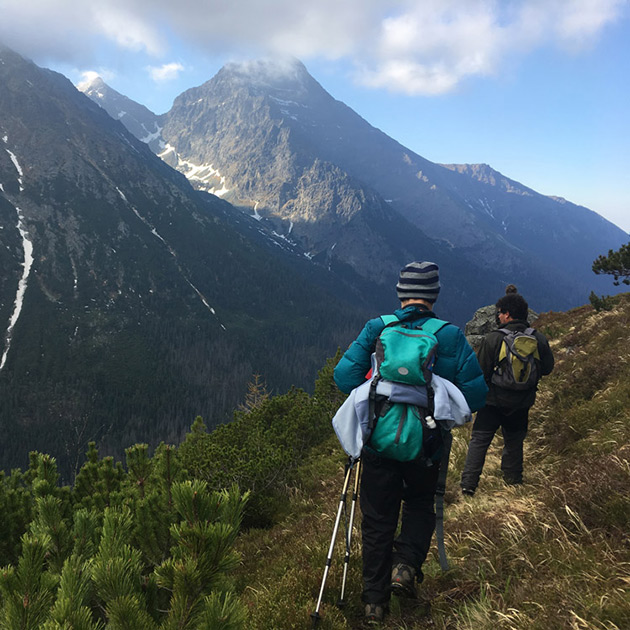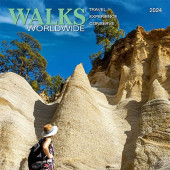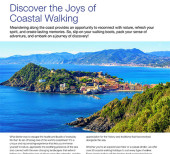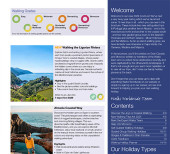"Look up high – just below the top crags" he pointed. Sure enough, training my binoculars on the lofty alpine meadows I watched a dark grey-brown shape like a hefty wombat hoovering up the lush grass. “That’s a large male, maybe 200kg”
, Roman observed. At that size, I was glad it wasn’t too much closer.
Encountering a huge wild carnivore, even at a distance, is a memorable experience – and one that as repeated more than half a dozen times during my visit. Centrepiece of Walks Worldwide’s Walking with Bears itinerary is a couple of days spent in Roman’s company, exploring valleys in the Western Tatras that are normally off-limits to tourists. The result, long peaceful hikes studded with mini natural history lessons as Roman, and our excellent local guide Peter Lapsansky, offered titbits of bear knowhow – showing us trees scratched by ursine claws and scent-marked for communication; pointing out fresh bear droppings and pawprints; explaining how bears newly awakened from hibernation feast on white butterbur flowers in spring, then fatting up on blueberries in summer.
And, of course, there were the animal encounters. Red and roe deer we saw aplenty, watching us wearily from the open esmerald stretches of avalanche chutes, and shaggy, bulky Tatra chamois – the critically endangered local subspecies, which Roman attempted to attract by loudly blowing raspberries. Marmots squeaked their warnings among the rocks high above us, while wolves, notoriously shy and difficult to spot, left reminders of their presence in the form of bone-flecked droppings. Along with trilling birdlife and alpine flowers, we were absorbed in the natural wonders of the mountains.
The core bear-tracking days on this trip were bookended by rewarding walking in other parts of the region. After landing at Poprad airport in the central north of Slovakia, we spent our first couple of days hiking the beautiful gorges and forests of Slovensky Raj National Park – or, to give its whimsical English translation, Slovak Paradise. Roklina Sucha Bela (Dry White Gorge)was the amuse bouche on our first day, a heavily wooded cleft in the limestone through which a trail winds on wooden steps, metal ladders and even iron platforms bolted onto the rocks. A young jay confronted us as we clambered alongside waterfalls up to the ruins of a medieval monastery, a reminder of the country’s turbulent past – the original fortress here was devastated by Genghis Khan’s Tatar hordes in 1241. After two nights in a simple, comfortable hotel on the edge of Slovensky Raj, sampling the delights of local dishes, such as bryndzove halusky – potato dumplings with sheep’s curd, served with fried bacon – we transferred to a cosy cabin in the small farming town of Liptovska near Pribylina, where a fascinating open-air museum provides insights into rural life of past centuries.
Over the following three days we delved into little visited areas of the Western Tatras: first the long Kaminitsa Valley, where our wildlife-watching was stymied by unseasonal rain, then the more fruitful Ticha, Tomanova and Garajova Valleys, where Roman’s hawk-like eyes proved so effective. Each day we set out at the crack of dawn, meeting Roman at the park entrance before 5am, and again in the early evening, to make the most of those twilight hours when wildlife is most active. This is a very different bear-watching experience to ‘canned’ encounters in places such as Finland, where hides overlook spots baited to attract the animals. But while such close encounters can’t be guaranteed here, the sensation is much more natural and rewarding – particularly if you’re prepared to put in the effort and explore the upper reaches of the valleys.
On our first morning in these valleys, most thrillingly, the crack of a branch betrayed the presence of a young male nearby, and we watched agape as he lumbered off through the woods just thirty paces or so hence. And in the evenings we watched a variety of bears ambling in high meadows. Each encounter was a delight not least because Peter was able to tell us so much about the bears, thanks partly to the research in which he’s been involved, using GPS collars and camera-traps to glean new knowledge about the movements and habits of these shy animals. The walking itself was no less wonderful, climbing to viewpoints at the heads of valleys lined with pines and guarded by peaks nudging 2,500m.
After no fewer than eight bear sightings, it was time to move on. A short drive brought us to Spisska Sobota, our home for the final two nights. An attractive medieval hamlet now absorbed into the larger city of Poprad, ths combination of charming architecture and convenient access to excellent public transport makes it an ideal base for exploring central Slovakia.
A swiftly organised guided tour took us to Spis Castle, one of Europe’s largest by area; though mostly ruined, the remnants – some dating back to the 12th century – are atmospheric to explore, and provide sweeping viewsfrom its hilltop eyrie over the plains towards the High Tatras. We then wandered the streets of old Levoca, a walled renaissance-era gem whose magnificent St James Church is crammed with treasures including an ornately carved, painted and gilded 16th-century altar by the craftsman known as Master Pavel – at over 18.5m high, it’s the tallest in Europe.
Finally, we took to the trails once more, catching the train to tackle the well-marked paths of the High Tatras. Even on a weekday in May, the park bustled with hikers; with easy access through trains and cable cars, these are popular routes – a stark contrast to the peaceful paths in the Western Tatras. The benefits though, were welcoming chatas (mountain huts) serving cool, cheap beers, and tremendous views to the lofty peaks. In all, this trip provides a taste of a less-visited corner of central Europe. Slovakia is easy to access, great value, friendly – and offers the chance to encounter bears in the wild in a unique, natural setting.
Paul Bloomfield – Independent writer and journalist (images by Paul Bloomfield)
Inspired? Let us take you there…
Call one of our trekking specialists on 01962 302 085 for more information.
